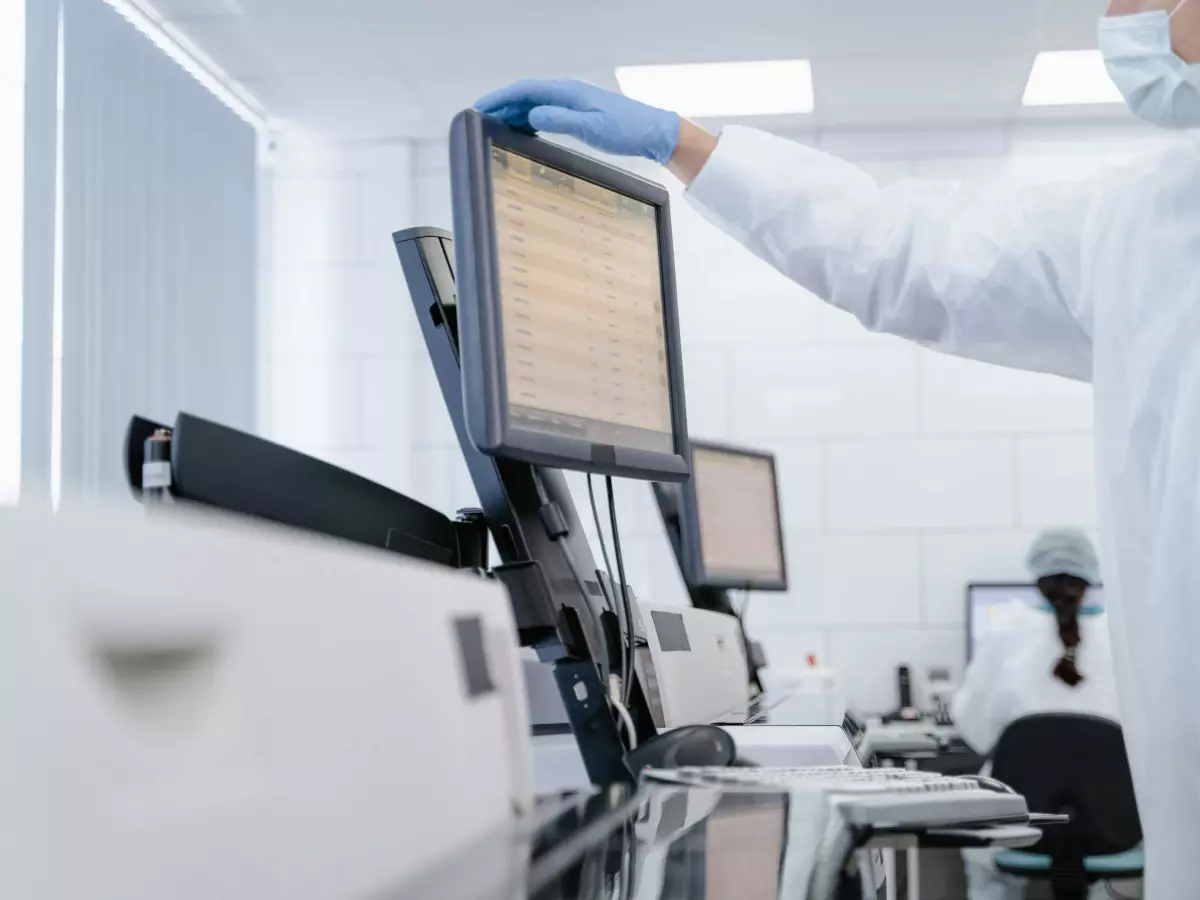Data Cleaning Revolution
I remember the first time I worked with a dataset that looked like it had been through a blender. Missing values, duplicates, and inconsistencies everywhere. It was a nightmare. Back then, data cleaning was a manual, tedious process that felt like trying to find a needle in a haystack. But today, AI is quietly revolutionizing this space, making it faster, smarter, and more efficient.

By Kevin Lee
When people think about artificial intelligence, they often imagine robots, self-driving cars, or maybe even the next big thing in predictive analytics. But few realize that one of the most critical applications of AI lies in a less glamorous, yet essential, task: data cleaning. In the world of big data, where companies are drowning in information, the ability to clean and organize data is more important than ever.
Traditionally, data cleaning has been a painstaking process, often requiring data scientists to manually sift through datasets, identifying and correcting errors. This could take hours, days, or even weeks, depending on the size and complexity of the data. However, AI is now stepping in to automate and optimize this process, turning what was once a laborious task into something that can be done with a few clicks.
Why Data Cleaning Matters
Before we dive into how AI is transforming data cleaning, let’s talk about why it’s so important. Imagine trying to build a house on a shaky foundation—that’s what it’s like to build machine learning models or make business decisions based on dirty data. Inaccurate, incomplete, or inconsistent data can lead to poor insights, bad predictions, and ultimately, costly mistakes.
Data cleaning ensures that the data you’re working with is accurate, consistent, and free of errors. It’s the foundation upon which all data-driven decisions are built. Without clean data, even the most advanced AI models will fail to deliver meaningful results. In fact, some studies suggest that data scientists spend up to 80% of their time cleaning and organizing data before they can even begin analyzing it.
How AI is Transforming Data Cleaning
So, how exactly is AI making data cleaning easier? Let’s break it down:
- Automating Error Detection: AI algorithms can automatically detect errors in datasets, such as missing values, duplicates, or outliers. Instead of manually combing through rows and columns of data, AI can flag these issues in seconds, saving time and reducing human error.
- Filling in Missing Data: One of the most common problems in datasets is missing values. Traditionally, data scientists would either delete these rows or manually fill them in. AI, however, can use sophisticated algorithms to predict and fill in missing values based on patterns in the data, ensuring that no valuable information is lost.
- Standardizing Data Formats: Inconsistent data formats can wreak havoc on analysis. For example, dates might be entered in different formats (MM/DD/YYYY vs. DD/MM/YYYY), or names might be spelled differently. AI can automatically standardize these formats, ensuring consistency across the dataset.
- Identifying and Removing Duplicates: Duplicate entries can skew results and lead to inaccurate conclusions. AI can quickly identify and remove duplicate entries, ensuring that your dataset is clean and reliable.
- Learning from Feedback: One of the most exciting aspects of AI in data cleaning is its ability to learn from feedback. As data scientists correct errors or make adjustments, AI algorithms can learn from these actions, improving their accuracy over time. This means that the more you use AI for data cleaning, the better it gets.
The Future of AI-Driven Data Cleaning
As AI continues to evolve, we can expect even more advanced data cleaning techniques to emerge. For example, AI could soon be able to not only detect and correct errors but also explain why certain errors occurred in the first place. This could help businesses identify underlying issues in their data collection processes and make improvements to prevent future errors.
Additionally, AI-powered data cleaning tools are becoming more accessible to non-technical users. In the past, data cleaning required a deep understanding of programming languages like Python or R. But today, many AI-driven tools offer user-friendly interfaces that allow even those with little technical expertise to clean and organize their data with ease.
Challenges and Limitations
Of course, AI-driven data cleaning isn’t without its challenges. For one, AI algorithms are only as good as the data they’re trained on. If the training data is biased or incomplete, the AI may make incorrect assumptions or fail to detect certain errors. Additionally, while AI can automate many aspects of data cleaning, it’s not a magic bullet. Human oversight is still necessary to ensure that the cleaned data is accurate and reliable.
Another challenge is the sheer variety of data types. While AI excels at cleaning structured data (like spreadsheets or databases), unstructured data (like text, images, or videos) presents a much greater challenge. However, as AI continues to improve, we can expect to see more sophisticated techniques for cleaning unstructured data as well.
Final Thoughts
AI is quietly revolutionizing the world of data cleaning, turning what was once a tedious, manual process into something that can be done quickly and efficiently. By automating error detection, filling in missing values, and standardizing data formats, AI is helping businesses unlock the full potential of their data. But while AI-driven data cleaning offers many benefits, it’s not without its challenges. As with any technology, human oversight and expertise are still crucial to ensuring that the cleaned data is accurate and reliable.
So, the next time you’re working with a messy dataset, remember: AI might just be your new best friend.





